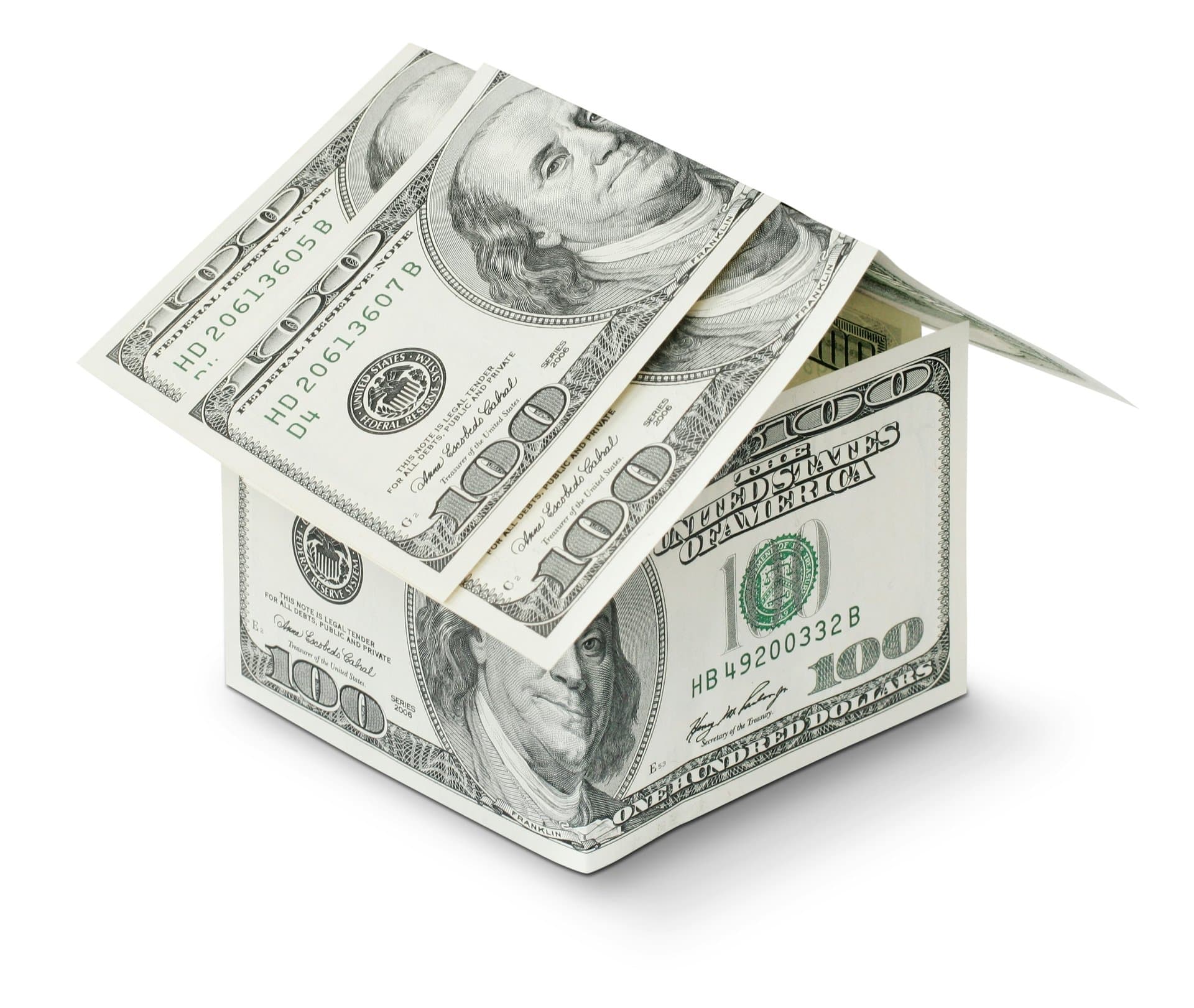Unlocking HELOC Rates Today: Smart Moves for Homeowners in 2025
Explore how HELOC rates averaging 8.13% in August 2025 offer homeowners a flexible, cost-effective alternative to refinancing amid high mortgage rates, preserving equity and financial freedom.

Key Takeaways
- HELOC rates average 8.13% nationally as of August 9, 2025
- HELOCs preserve low primary mortgage rates amid rising refinancing costs
- Variable rates tied to the 7.50% Prime Rate influence HELOC payments
- Introductory fixed rates as low as 2.49% offer short-term savings
- HELOCs provide flexible, revolving credit lines with low upfront costs

In a housing market where mortgage rates linger in the high 6% range, homeowners face a tough choice: refinance at higher rates or find smarter ways to unlock their home’s value. Enter HELOCs—home equity lines of credit—offering a clever alternative to costly cash-out refinancing. As of August 9, 2025, the national average HELOC rate stands at 8.13%, a figure that might raise eyebrows but actually opens doors to financial flexibility. With U.S. homeowners holding a record $34 trillion in home equity, tapping into that reservoir without surrendering a low-rate primary mortgage is a strategic move. This article dives into today’s HELOC rates, why they’re gaining traction, and how savvy homeowners can wield them to fund renovations, consolidate debt, or seize opportunities—all while keeping their prized mortgage rates intact. Let’s unpack the facts and bust myths around HELOCs, revealing why they’re the unsung heroes of 2025’s mortgage landscape.
Preserving Low Mortgage Rates
Imagine holding onto a prized vintage car while still enjoying the latest tech upgrades. That’s what HELOCs let homeowners do with their mortgages. Most U.S. homeowners currently enjoy low fixed-rate mortgages—some as low as 3% or 4%. Refinancing now means stepping into a higher rate world, often above 6%, which can inflate monthly payments dramatically. Why give up a golden ticket? HELOCs offer a clever workaround: they let you tap into your home’s equity without disturbing that low-rate primary mortgage. This means your monthly mortgage payment stays steady, a comforting anchor in a sea of rising rates.
This strategy is more than just financial savvy; it’s emotional relief. The sting of refinancing into higher rates can feel like a betrayal after years of disciplined payments. HELOCs preserve that hard-earned advantage, letting homeowners access cash for improvements or debt without the shock of a new, expensive mortgage. It’s a financial handshake that says, “I value what I have, but I’m ready to grow.” In 2025, with mortgage rates hovering high, this preservation tactic is a lifeline for many.
Leveraging Flexible Access
Picture a credit line as a tap on your home’s equity reservoir—you turn it on only when you need water, and off when you don’t. HELOCs embody this flexibility, offering a revolving credit line that homeowners can draw from as projects or expenses arise. Unlike lump-sum home equity loans, which hand you a fixed amount upfront, HELOCs let you borrow in increments, paying interest only on what you actually use. This flexibility can be a game-changer for managing cash flow and avoiding unnecessary debt.
Take the example of a homeowner renovating a kitchen over several months. Instead of taking a big loan and paying interest on the full amount from day one, they can draw funds as bills come due. This staged borrowing reduces interest costs and keeps monthly payments manageable. Some HELOCs even offer fixed-rate options on portions of the balance, blending predictability with adaptability. This mix of control and convenience makes HELOCs a favorite for those who want to steer their finances without being locked into rigid terms.
Navigating Rate Variability
Variable interest rates can feel like a rollercoaster—thrilling but nerve-wracking. HELOCs typically start with an introductory rate, often lower than the ongoing variable rate, which is tied to the Prime Rate. As of August 2025, the Prime Rate sits at 7.50%, meaning HELOC rates hover around 8% to 10% after introductory periods end. For example, FourLeaf Credit Union offers a 6.49% introductory rate for 12 months before adjusting upward.
This variability demands attention. If the Prime Rate rises, so do your payments. But many HELOC agreements include rate caps, limiting how high rates can climb, providing a safety net. Borrowers with a keen eye on market trends can also choose to fix all or part of their balance at a set rate, blending stability with flexibility. Understanding these nuances is crucial—variable rates aren’t a gamble if you know the rules of the ride. They’re a tool that, when wielded wisely, can keep your borrowing costs in check while adapting to economic shifts.
Comparing HELOCs and Alternatives
When it comes to tapping home equity, HELOCs aren’t the only player on the field. Cash-out refinancing and home equity loans also compete for attention, each with distinct pros and cons. Cash-out refinancing replaces your primary mortgage with a new, larger loan—often at higher rates around 7.5% to 9.5%—which can spike monthly payments and erase the benefit of a low-rate mortgage. Home equity loans offer fixed rates between 7.75% and 10.25%, but require borrowing a lump sum upfront, limiting flexibility.
HELOCs, averaging 8.13% variable rates, stand out by preserving your primary mortgage and offering a credit line you can dip into as needed. Upfront costs are generally lower than refinancing, and the ability to pay interest only on borrowed amounts can ease monthly budgets. However, the variable nature means payments can shift, unlike the predictability of fixed-rate loans. For homeowners with low-rate mortgages and a need for flexible funds, HELOCs often strike the best balance between cost, control, and convenience.
Maximizing HELOC Benefits Wisely
The power of a HELOC lies in its flexibility—but with great power comes great responsibility. Using a HELOC to fund home improvements or consolidate high-interest debt can be a smart move, turning your home’s equity into a financial ally. Yet, tapping the full credit line and carrying balances long-term can lead to payments stretching over 30 years, as many HELOCs have a 10-year draw period followed by a 20-year repayment phase.
Discipline is key. Borrow only what you need and plan to repay quickly to avoid escalating interest costs. For instance, drawing $50,000 on a $400,000 home with an 8.75% variable rate might mean payments around $395 monthly—but that’s assuming a 30-year payoff. Shorter repayment horizons reduce interest paid and keep your financial ship steady. Also, compare lenders carefully—rates, fees, minimum draws, and fixed-rate options vary widely. Shopping around can save thousands and tailor your HELOC to your unique journey. In 2025, HELOCs offer a strategic path to unlock home equity without surrendering your mortgage’s hard-won advantages.
Long Story Short
HELOCs in 2025 stand as a beacon for homeowners navigating the stormy seas of high mortgage rates. With an average rate of 8.13%, they strike a balance between cost and flexibility, allowing borrowers to tap into their home equity without sacrificing their cherished low-rate primary mortgages. The revolving credit nature means you borrow what you need, when you need it, paying interest only on that amount—a financial dance many homeowners find empowering. Yet, the variable rates tied to the Prime Rate remind us that vigilance is key; understanding terms, fees, and repayment structures is non-negotiable. Whether funding a kitchen upgrade or consolidating debt, HELOCs offer a tailored approach that cash-out refinancing can’t match. For those with discipline and a clear plan, HELOCs unlock not just funds but peace of mind. As the market evolves, keeping an eye on rate shifts and lender offers will ensure your home equity remains a tool for growth, not a trap. Embrace the power of HELOCs wisely, and your home’s value can fuel your financial journey without derailing your mortgage success.